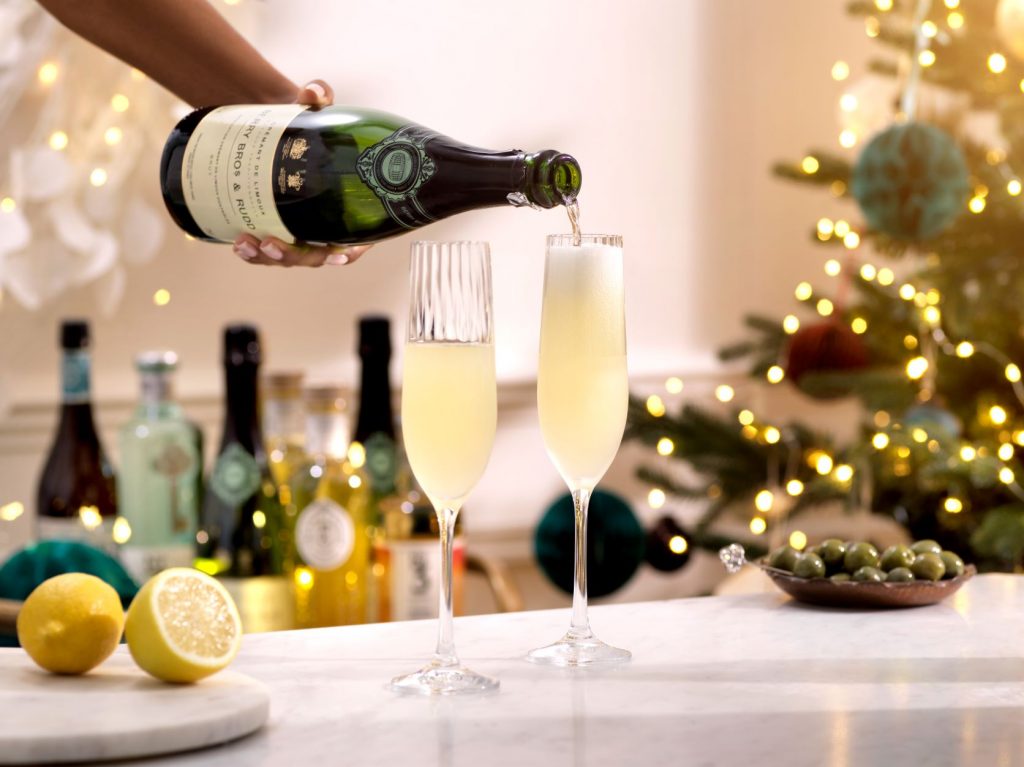The basics of hosting a dinner party
Author: Issariya Morgan

As our thoughts turn to hosting friends and family in our homes, it may be tempting to plan the “perfect” dinner party. But with just a few key ingredients – namely good food, delicious wine and excellent company – it’s far easier to throw a dinner party that you’ll enjoy just as much as your guests. Here, we share a few tips on hosting, and how to make the most of your food and wine choices.
SIMPLICITY IS KEY
Think about rustic, homely food where most of the work is done by the oven. Roast chicken stuffed with oregano and crusty bread, slow-cooked lamb shoulder with root vegetables, or meat-free options like a lentil shepherd’s pie. These can be prepared in advance, freeing you up to spend time with your guests.
NOBODY WANTS TO BE MADE A FUSS OF
If there are a mix of dietary requirements among your guests, make sure your dishes work for everyone, so that one group doesn’t feel as though you’ve done lots of extra work for them.
MAKE THINGS AS EASY AS POSSIBLE
No-one likes that awkward moment when their glass is empty, and they have to catch the attention of the host. To avoid this, place a selection of drinks on the table and allow guests to help themselves. Not being overly attentive can often be the most hospitable approach.
PREPARE YOUR WINES IN ADVANCE
If you’re serving white, sparkling or sweet wines, make sure they’re well chilled ahead of time. It’s easier to bring a wine up to room temperature than to chill it down rapidly. Reds don’t necessarily need to be in the fridge, but make sure they’re lightly chilled and not sitting by the oven.
TO DECANT OR NOT TO DECANT?
A glass decanter can make an elegant centrepiece on your table. But, it’s about knowing which wines you need to decant and the benefits of doing so (or not). If you’re serving a young red wine with robust tannins, decanting an hour before serving will allow the wine to “breathe”.
For older red wines, decanting allows you to filter out any sediment or pieces of crumbled cork. Very old wines should only be decanted minutes before pouring. But decanting is very much a choice.
The act of transferring wine from one vessel to another speeds up the development process. But, it can be just as much fun to watch a wine evolve in the glass during the evening. And some guests might like to see the bottle on the table to be reminded of what they’re drinking.
CONSIDER MATCHING YOUR WINES TO YOUR DISHES
Sparkling wines are a wonderful way to start any dinner: the acidity and bubbles help to wake up your palate and prepare you for the meal. But they’re also excellent alongside many dishes, as the acidity cuts through salt and fat very nicely. Well-loved combinations include smoked salmon blinis, arancini or the classic choice of fish and chips.
For the main course, you might like to consider something made from Pinot Noir. These wines work wonderfully with most foods, including vegetarian dishes, and guests who don’t like heavy reds tend to enjoy this lighter style. If you’re serving a curry, a rich white Burgundy or a Californian Chardonnay would work well. And an off-dry Riesling – or even a sweet wine such as a Sauternes – can be delicious when paired with Thai or Chinese flavours.
THINK ABOUT TEXTURE
Remember that the weight of a wine is just as important as the flavour. Lighter dishes need wines with lower alcohol, lighter body and fewer tannins. Rich, heavy dishes can match wines with plenty of tannic grip and high alcohol.
DON’T OVERTHINK IT
Of course, there are some sublime food and wine matches in the world. But if you have a good bottle of wine, some nice food and great company to share it with, you’re set for a fantastic dinner party.
For more tips on which wines to select, read our guide to drinking windows here.


